The shipping container has been described as the heart of the revolution in international shipping and trade. The standardized metal boxes have come to form the workhororse of international freight and have allowed business around the world to efficiently move goods across oceans and continents. The complexity of container shipping is something that should not be disregarded by the business that aims at achieving worldwide popularity, especially when seeking competitive shipping rates .
Understanding the Basics of Shipping Containers
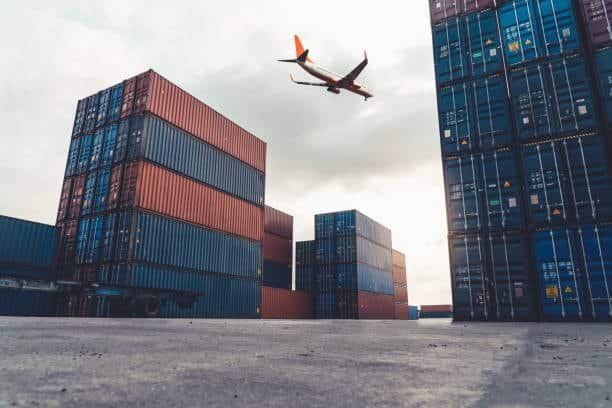
Shipping containers are universal reusable steel boxes which are loaded onto various shipping services and means of transportation such as ships, trains and trucks to move goods. The uniformity of such containers transformed the worldwide trading by establishing a standardized platform that is compatible with various transporting systems all over the globe. The today shipping containers are designed to resist severe conditions of marine environment, extreme weather, and challenges of international transportation, taking into account the container size .
Container system is designed based on the principle of intermodal transportation, which implies that the same container can smoothly transport the cargo off a ship, onto a rail and then a truck without unloading it. This productivity has brought the cost of shipping and the transit time down drastically, whether it is a full container load fcl or partial shipments, and international trade is more affordable to both the big and the small companies.
Types of Shipping Containers Available
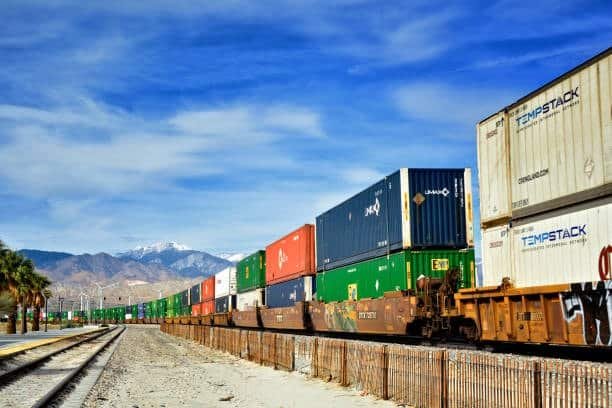
There are many types of containers that the shipping industry provides to suit the cargo needs. The most common type of dry containers is the general purpose containers which carry general cargo and do not need temperature control or special handling. These containers are available in various sizes and can carry manufactured goods, textiles, electronics and other dry commodities.
Reefer containers are refrigerated containers that keep certain levels of temperature and humidity required by perishable products. Open-top containers are used by a shipping company when the cargo is above the normal height restrictions and flat-rack containers when the cargo is oversized or of an unusual shape. Tank containers are dedicated to liquid freight and high-cube containers offer more vertical space to transport light, yet bulky products.
Standard Container Sizes and Specifications
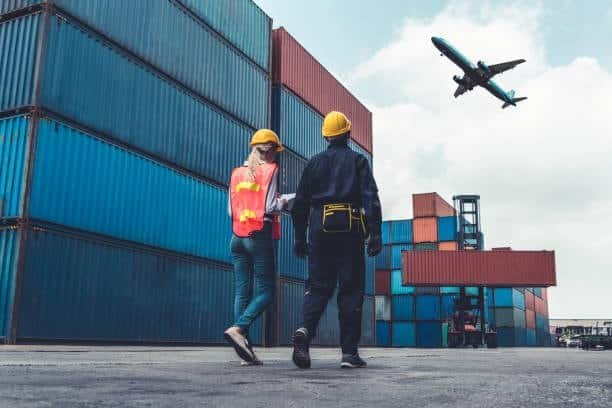
The twin most popular measurements of containers are 20-foot and 40-foot in length, while the width and height of the standard containers are standardized as 8 ft and 8.5 ft respectively. The common size is the twenty-foot containers which are also known as TEU (Twenty-foot Equivalent Units) and can carry a container load of cargo volume of about 28 cubic meters with a gross weight limit of about 24000 kilograms, suitable for both full and container load lcl .
Forty-foot containers have twice the capacity which is around 56 cubic meters and they can carry up to 30,000 kilograms of goods. High-cube options increase the height by an extra foot that can give more volume to lighter, bulkier products. The containers are designed to fit standardized on ships, trains, and trucks around the world.
Container Loading and Weight Restrictions
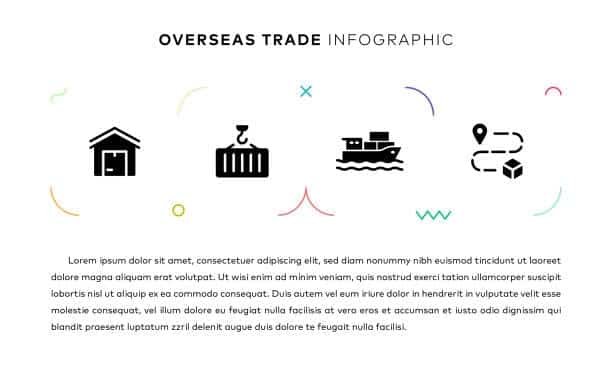
The correct loading practices are crucial in safe and effective container shipping. Weight distribution in the container influences the stability of the vessels and safety during transportation. Distribution of cargo should be well balanced to avoid movement of cargo in transit and heavier cargo suitcases should be packed at the bottom of the pile and lighter ones on the top.
The limit of the maximum gross weight for export is dependent on the type of container and the mode of transport. The container may have a physical capacity to carry more weight but the road and rail authorities usually set lower weight limits. Being aware of these limitations allows one to avoid delays, extra costs, and possible safety issues in transport.
Documentation Requirements for Container Shipping

The documentation involved in the shipping process of international container shipping is much more because it has to satisfy custom requirements and easy transit. The Bill of Lading is the most important transport document which functions as receipt, contract and title document. Commercial invoices constitute the value of transaction and description of goods, whereas packing lists offer comprehensive information on cargo.
Other documents can consist of certificates of origin, export license, insurance certificate and special permits based on cargo type and country of destination. Correct and full documentation avoids delays at the ports and other customs entry points hence ensuring that the delivery of shipment is made in good time.
Choosing the Right Container for Your Cargo
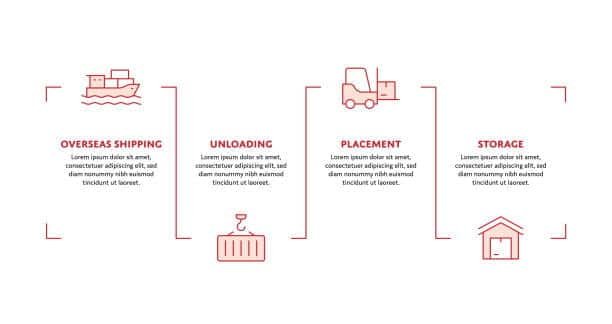
The choice of the type of containers varies on a number of factors such as the nature of cargo, delivery needs at the destination, and of course the budget constraints. Standard containers are adequate in the transportation of dry goods whereas shipping household goods and temperature sensitive goods need refrigerated containers, and some shippers may prefer to own container for better control . Large freight might require flat-rack containers or open-top containers although at extra expenses.
When selecting containers, take into account the weight, dimensions, fragility or environmental needs of the cargo. To get the best door to door container option, which might as well attract lower costs and enhanced safety of the cargo on transit, expert freight forwarders should be consulted.
Container Shipping Routes and Transit Times
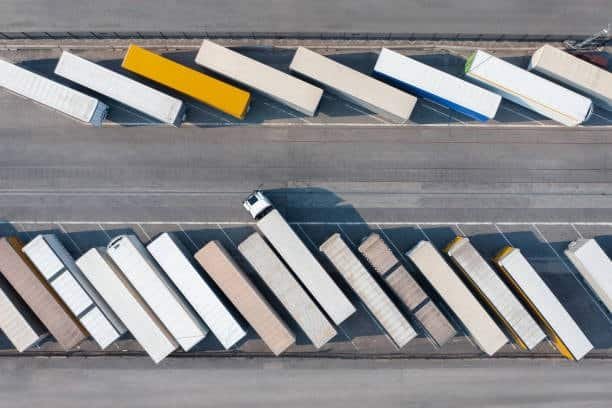
There are major shipping routes that interlink the major trade centers in the world and the services are at different frequencies and transit times. Transpacific services between Asia and North America exclude Suez Canal and normally take 12-18 days, whereas Asia-Europe services via Suez Canal normally take 20-25 days. The transatlantic services between North America and Europe usually require 6-8 days.
Transit times are influenced by such factors as route chosen, weather, port congestion and the type of service. Express services have higher transit time and consolidation services have lower costs.
Cost Factors in Container Shipping
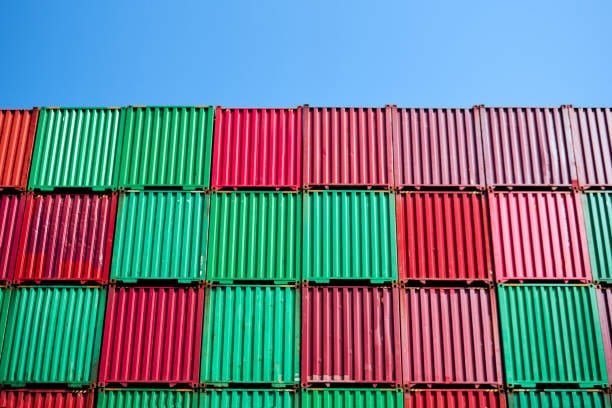
The various elements that make up container shipping prices are ocean freight rates, port handling charges, documentation fees as well as inland transportation. The cost of ocean freight varies according to the demand and supply, fuel costs and seasonal changes. The high seasons which are usually prior to the big holidays attract high prices because of high demand.
Other expenses can be a container detention fee, customs clearance, and insurance. Knowledge of all the cost elements assists any business to make proper budgets and and find out the possible savings that may be effected by consolidation or different routing.
Port Operations and Container Handling
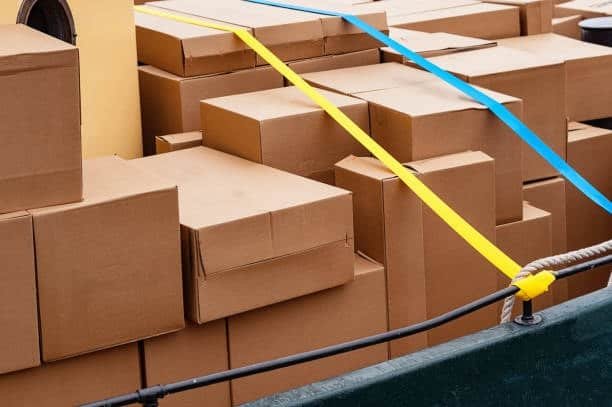
Container ports today are sophisticated logistics centers and use highly advanced equipment and systems. Container ships berth at terminal facilities that have huge cranes that can load and unload thousands of containers in a short time. Automated systems monitor the movement of containers and manage the operations in the terminals.
The efficiency of ports has a direct consequence on the schedule and costs of shipping. The large ports spend a lot of money in infrastructure and technology to keep the turnaround time of the vessel and congestion to the bare minimum. The knowledge of the port operations will enable shippers to plan better and to expect delays that might occur.
Customs Clearance Process
The important process in international container shipping is customs clearance where regulations of the country of destination must be adhered to. The procedure includes submission of documents, payment of duties and inspection of the cargo whenever necessary. In most countries, advanced electronic systems facilitate pre-clearance minimizing delays on arrival.
Customs requirements also differ greatly by country and may have various Documentation, labeling and cargo restrictions. Experienced customs brokers will guarantee your compliance and reduce the possibility of delays or penalties.
Insurance Options for Container Shipments

Marine cargo insurances Marine cargo insurances Marine cargo insurances The coverage works in options that begin at basic perils policies to a comprehensive all-risk insurance. The decision is based on the value of cargo, risk tolerance, and shipping particularities.
The insurance premiums are usually a minor percentage of the cargo value, yet insure against substantial losses. Being familiar with the policy terms, exclusions, and the claim procedure guarantees appropriate protection and hassle-free claims processing whenever necessary.
Technology in Modern Container Shipping
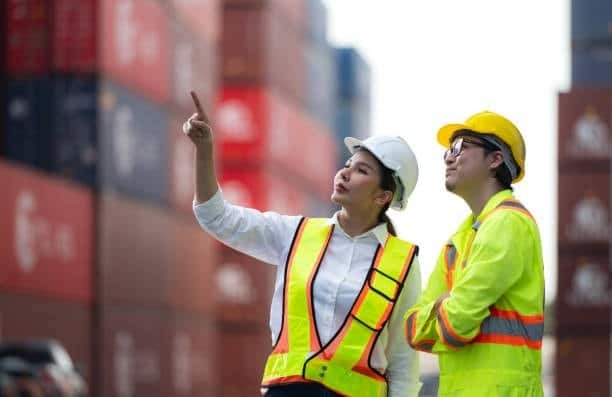
This is because digital transformation is a revolution that has brought technologies that enhance efficiency, visibility, and security in container shipping. GPS tracking systems allow real-time updates on container location, and IoT sensors create an environment monitor during transportation. The blockchain technology promotes the security and transparency of shipping transaction documents.
Electronic booking systems improve efficiency of reservations, whereas artificial intelligence is used to improve routing and scheduling. These technological innovations help to cut down the expenses, enhance reliability, and offer superior customer service to the container shipping operation.
Environmental Considerations
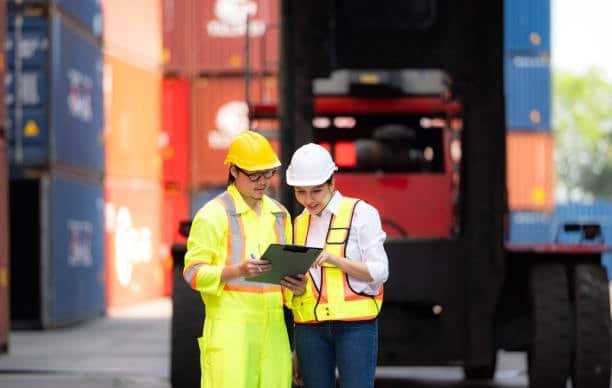
Shipping is under growing pressure to minimize its environmental impact, and innovations in fuel efficiency and emissions minimization are important issues. Cleaner technologies are being implemented in new designs of vessels and operational modifications are made to optimize fuel consumption. A lot of shipping lines are investing in alternative fuels and energy efficient equipment.
Container shipping is already among the most efficient means of transportation in terms of cargo units moved, although it is imperative to keep enhancing it to ensure sustainability. The shippers are also growing more environmental in their choice of carrier and routes.
Safety and Security Measures

Container security has taken the center stage in international trade and has involved thorough screening procedures and tracking systems, especially by a reliable shipping company . Container Security Initiative and other related programs promote security by use of enhanced screening technologies and cooperation among different nations. Additional protection against unauthorized access is possible with sealed containers and tamper-evident devices, especially important when shipping cars .
Safety Safety measures used are good cargo securing methods, handling of hazardous material and emergency response procedures. The cutoff of international safety standards will guarantee safety of crews, cargoes, and ships on transit.
Common Challenges in Container Shipping
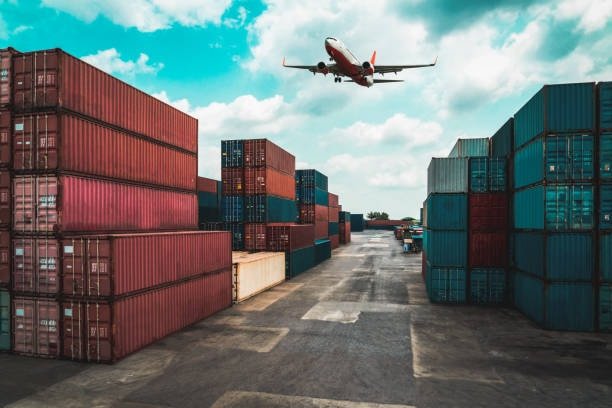
Container shipping must deal with numerous issues such as congestion at ports, lack of equipment, or weather-related delays. The demand during the peak seasons is usually larger than the capacity, which causes an increase in the rates and extension of the transit time. Imbalance of equipment causes shortages of containers in some areas and lead to surplus in others.
Shipping operations could be greatly affected by geopolitical considerations, trade conflicts, and regulations. Effective shippers make contingency preparations and stay flexible so they can adjust to inevitable changes in condition and reduce inconveniences container overseas
Best Practices for Container Packing
Cargo security and efficient space use are ensured by appropriate methods of packing containers. Apply correct dunnage materials to prohibit the movement of cargo as well as damages in transit. vehicle weight distribution and ensure items are well secured with strapping, blocking and bracing entire container.
Things to note about the environment include humidity and changes in temperatures which could impact cargo throughout the voyage. packing service can also guarantee the best use of space and safety of cargo, especially when dealing with valuable or sensitive products.
Working with Freight Forwarders
Skilled freight forwarders offer an invaluable experience in dealing with the complicated global shipping regulations. The services they provide are rate negotiation, preparation of documentation, customs clearance and cargo tracking. Selecting a proper freight forwarder may have great influence on the success of shipping and its affordability.
Future Trends in Container Shipping
Container shipping industry is continually developing with the tendencies towards bigger ships, automated terminals, and computerization. There is an increase in the mega-ships with more than 20,000 TEU which need upgrades in port infrastructure. At large terminals around the world automation saves money by lowering operating expenses and enhancing efficiency.
The environmental regulates influence the creation of cleaner technologies and alternative fuels. End-to-end visibility and process simplification are achieved on digital platforms that bring together different stakeholders. These are the trends which were influencing the future of international container shipping.
Seasonal Considerations

The demand to ship goods is also seasonal, and Capacity crunch and rate increases before and after major holidays. Cultural holidays like Chinese New Year and Christmas among others have huge effects on the shipping schedule and availability, particularly impacting those moving overseas . Shipment planning beyond peak times can lead to both cost and service reliability overseas shipping.
shipping operations are also subject to weather conditions and typhoon seasons, winter storms and other weather conditions can result in shipping delays. Seasonal patterns can provide businesses with a better way of planning and deal with risks in supply chains shipping companies.
Container Leasing vs. Purchasing
The majority of shippers utilize containers supplied by the carriers as part of freight rates, yet there are circumstances that could involve leasing or even buying containers. Owning containers may be warranted by long-term endeavors, special machinery requirements, or high-frequency deliveries, especially when you need to ship overseas frequently . Leasing allows flexibility without capital investments while purchasing offers long run cost benefits to high volume shippers, especially for door to door services.
When deciding on the option of owning containers, consider aspects such as frequency of use, storage facilities, frequency of maintenance and positioning expenses. Expert guidance is useful in coming up with the cost-efficient strategy on particular business requirements international shipping process.
Conclusion
International container shipping is a sophisticated process that requires thorough expertise and proceedings. Whether it is the right choice of containers or documentation and customs clearance, every process involves detail-oriented approach and professional skills. Companies which take the time to learn about these processes and utilize skilled logistics companies such as GWT Worldwide will be well on their way to success in the global market, particularly in managing international moves shipping costs . The container shipping industry is going to keep changing as technology keeps improving, and environmental concerns gain more prominence to ensure that it keeps addressing the demands in a shifting landscape, with the universal significance it has had in facilitating global trade.
About Shenzhen Guanwutong International Freight Forwarding Co.,Ltd.
Shenzhen Guanwutong International Freight Forwarding Co.,Ltd. (GWT Worldwide) is a Logistics Service Provider that is professional and focused on providing freight forwarding services on a global basis, supply chain management services as well as cross-border e-commerce logistics. Having established a good presence in China and in the international market, we provide credible, cost effective, and tailor-made logistics solutions to businesses across the world. Air Freight & Sea Freight, ChinaEurope Railway Transport, International Express & Courier Solutions, Customs Clearance & Warehousing, and Amazon FBA Shipping & Labeling Support are our main products. GWT Worldwide participates in efficiency, transparency and customer satisfaction with the help of advanced logistics technology and a worldwide network of certified partners port to port.
